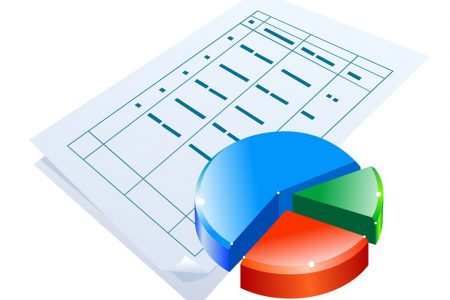IPv4 and IP Routing
The Internet Protocol is one of the key protocols in TCP/IP networking. In fact so important that it forms the IP in TCP/IP. In this course youll learn key facts about IP and IP networks. Youll explore the various fields of the IPv4 header and their uses. Youll also learn about IP fragmentation IP options and the layout of the options field. Logical or IP addressing provides for the identification of the network to which a device belong. The transmission of those packets from one network to another is controlled by routers. Routing is accomplished with routing protocols that define how routers make decisions and how they communication with one another. In this course youll also learn how IP datagrams are routed between networks. Youll explore list components found in routing tables and the differences between common routing protocols. Youll also examine the routing metrics uses by RIP OSPF and EIGRP as well as administrative distance and how it relates to router metrics. Finally youll learn about RIP routing loops the use of the Border Gateway Protocol and Layer 3 switching. This course was originally created by Global Knowledge (GK).


